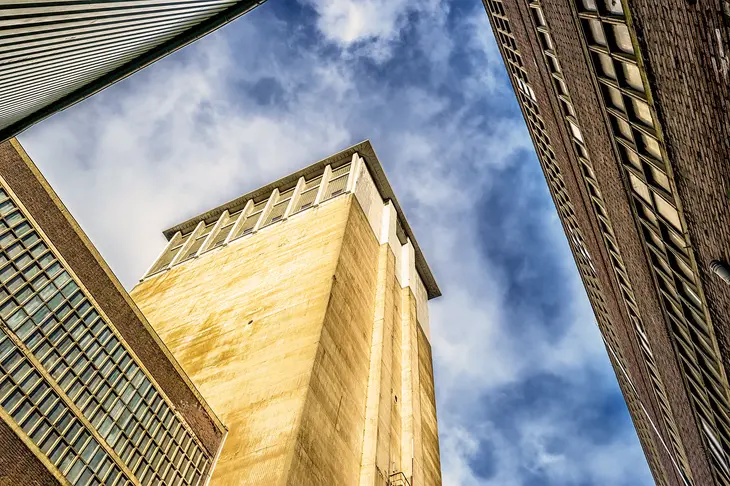
Step 23: Achievement Evaluation and Future Planning
- Admin
As you approach Step 23 in the comprehensive journey of building a factory, it's time to reflect on your achievements thus far and strategize for the future. This pivotal step involves evaluating your progress, assessing the effectiveness of your strategies, and charting a course for continued growth and success. Let's delve into why achievement evaluation and future planning are critical and how to navigate this step effectively.
Why Achievement Evaluation and Future Planning are Crucial:
Taking stock of your accomplishments and shortcomings is essential for maintaining momentum and driving progress. By conducting a thorough evaluation of your achievements, you gain insights into what has worked well and where improvements are needed. This knowledge forms the foundation for informed decision-making and strategic planning as you move forward. Additionally, future planning ensures that your factory remains adaptable and resilient in the face of evolving market dynamics and business challenges.
Conducting Achievement Evaluation:
Review Key Performance Indicators (KPIs): Evaluate your performance against predefined KPIs to gauge progress in key areas such as production efficiency, product quality, financial performance, and customer satisfaction. Identify areas of strength and areas needing improvement.
Assess Goal Attainment: Reflect on the goals and objectives set during earlier stages of factory building. Determine the extent to which these goals have been achieved and analyze the factors contributing to success or hindrance.
Collect Feedback: Solicit feedback from various stakeholders, including employees, customers, suppliers, and partners. Their perspectives can offer valuable insights into areas for improvement and opportunities for growth.
Strategic Future Planning:
Set New Goals and Objectives: Based on the findings of your achievement evaluation, establish new goals and objectives for the future. Ensure that these goals are SMART (Specific, Measurable, Achievable, Relevant, Time-bound) to provide clear direction and focus.
Identify Growth Opportunities: Explore potential areas for expansion, diversification, or innovation within your factory operations. Consider emerging market trends, technological advancements, and customer demands as drivers for growth opportunities.
Risk Assessment and Mitigation: Conduct a thorough risk assessment to identify potential threats and challenges that may impact your factory's future success. Develop strategies to mitigate these risks and build resilience into your business model.
Investment Planning: Determine the financial resources required to support your future growth initiatives. Assess investment opportunities in technology, infrastructure, talent development, and market expansion to drive long-term sustainability and competitiveness.
Implementation and Monitoring:
Develop Action Plans: Create detailed action plans outlining the steps and timelines for achieving your future goals. Assign responsibilities to team members and establish accountability mechanisms to ensure progress.
Monitor Progress: Continuously monitor and track progress towards your future goals and objectives. Regularly review performance metrics and adjust strategies as needed to stay on course and overcome obstacles.
Conclusion:
Achievement evaluation and future planning are integral components of the factory-building journey, providing a roadmap for continued success and growth. By reflecting on past achievements, setting ambitious yet achievable goals, and strategically planning for the future, you can position your factory for long-term prosperity and resilience in an ever-changing business landscape.
As you embark on Step 23, remember to celebrate your successes, learn from your failures, and remain adaptable to seize new opportunities that lie ahead. Stay tuned for further insights and guidance as you navigate the dynamic world of factory management and entrepreneurship.
